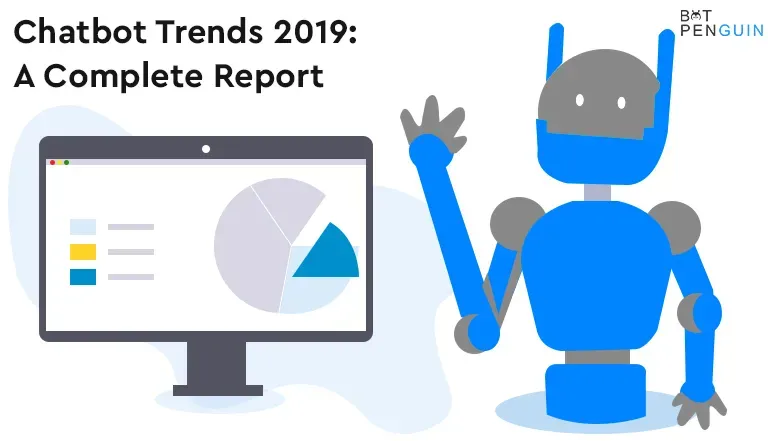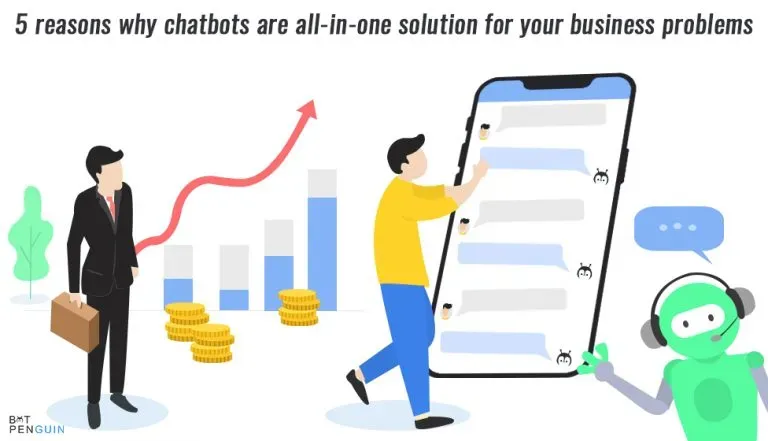Introduction
You might know that since last year, 62 percent of people have interacted with a bot. We may be chatting to robots more than human colleagues by 2023. Within the next 18 months, 54 percent of service businesses plan to utilize chatbots, representing a 136 percent increase.
Chatbots are the quickest brand communication medium, with a 92 percent rise in market size over the last two years.
In the preceding 12 months, 67 percent of consumers interact with a chatbot worldwide. There are even more than 300,000 working chatbots on Facebook, which is a threefold rise from the previous year and fully depicts the chatbot trend that has emerged in recent years.
68.9% of interactions are handled from start to end. A chatbot platform or bot technology can respond to up to 80% of all common simple inquiries.
And we can assure you by 2023; more businesses will connect chatbots with robust payment gateways such as Razorpay, Stripe, PayU, and Paypal, allowing customers to pay directly through the chatbot interface.
We can see why companies are so thrilled about chatbots. Why are customers so enthusiastic?
Customers today do not have the patience to wait on hold to speak with a customer service person. They're looking for solutions right now. When it comes to customer service, 90% of customers consider an "instant" response to be critical. Chatbots provide customers the ability to communicate with businesses in real time.
They receive immediate answers to their questions, providing them with the quickest brand communication channel.
The global chatbot industry is predicted to rise to USD 10.5 billion by 2026, up over USD 2.9 billion in 2020. According to predictions, chatbots will save around $8 billion annually by 2023.
What exactly does a bot do?
A bot is a computer program.
It is designed to perform specific activities. Bot technology is automatic, which means they follow instructions without requiring a human user to start them up manually every time.
Bots frequently duplicate or replace the actions of human users.
What are Chatbots?
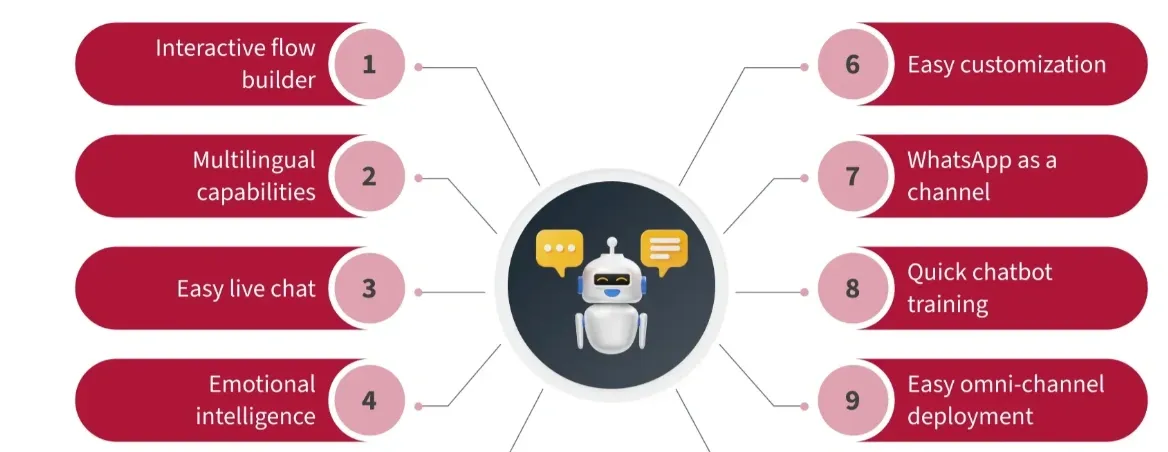
In favor of direct communication with a live human-like agent, a chatbot or chatterbot is a software program that conducts an online chat conversation using text or text-to-speech.
A chatbot is software or bot technology that may assist clients through automated conversations and interacting with them via messaging networks.
Chatbots offer text or audio communication on websites, mobile apps, and over the phone.
Three technologies are used in bot development
Bots' development underpinning bot technologies include:
- Natural language processing (NLP),
- Artificial intelligence (AI)
- and Machine Learning.
What is NLP?
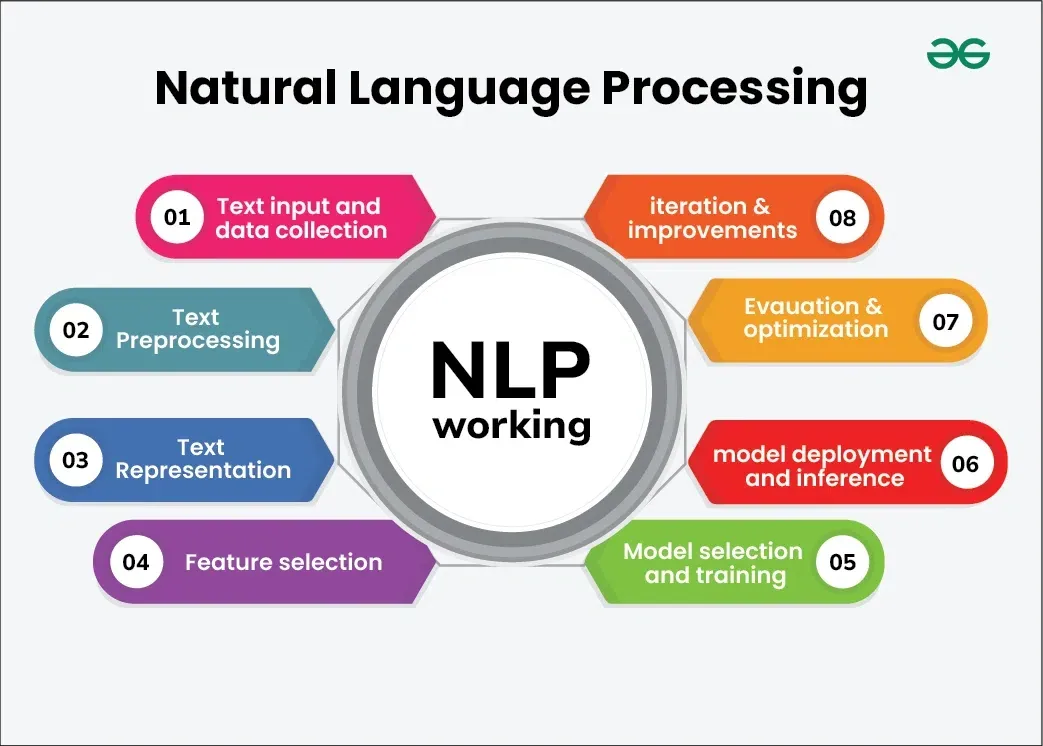
The language humans use to interact with one another is natural language. Programming language, on the other hand, was created so that humans could instruct bot technology what to do in a language that machines could understand.
English, for example, is a natural language, but Java is a computer language.
Natural Language Processing allows machines to gather and handle data from written or spoken user inputs, allowing humans to communicate with devices without " speaking" Java or other programming languages.
In essence, a bot developer designs natural language processing (NLP) models that allow computers to decode and even replicate human communication.
Unlike traditional word processing, NLP does not regard voice or text as a series of symbols. It also considers the natural language's hierarchical structure: words make phrases, phrases from sentences, and sentences form logical thoughts.
In another sense, NLP software looks for more than simply keywords. It decodes meaning and intent from aspects like phrase structure, context, idioms, and so on, using pre-programmed or acquired knowledge.
For example, an NLP software can tell whether a user's "Why not?" " is a query that requires a
response or agreement.
Why does bot development Need Natural Language Processing (NLP)?
Chatbots, like Amazon's Alexa in the previous example, would be unable to give any benefit without Natural Language Processing (NLP). Natural Language Processing seems to be what enables chatbots to interpret and respond to your communications.
When users send a message that begins with "Hello," the NLP informs the chatbot that you've sent a typical greeting, allowing the chatbot to use its AI capabilities to respond appropriately. The chatbot will most likely answer with a reply greeting in this situation.
A chatbot cannot distinguish between "Hello" and "Goodbye" responses without Natural Language Processing. "Hello" and "Goodbye" will be nothing more than text-based user inputs to a chatbot without NLP.
Suggested Reading:Top 5 languages for Natural Language Processing
What is AI technology?
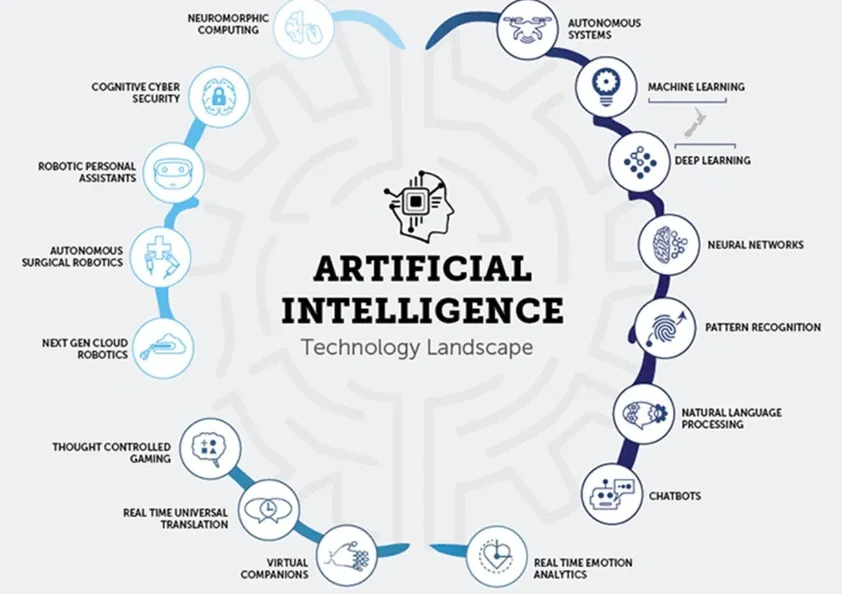
Artificial intelligence is being used to power most bot technology. AI chatbots are more beneficial simply because they are intelligent and can learn over time. Of course, this is beneficial to businesses.
Chatbot artificial intelligence can take numerous shapes. The most common are natural language processing, which powers the chatbot's verbal side, and machine learning (ML), which empowers data and algorithms.
What is the use of AI in bot development?
Artificial intelligence chatbots are text-based or voice-based interfaces that simulate a regular person-to-person interaction to help & connect users with the services they require.
What is machine learning?
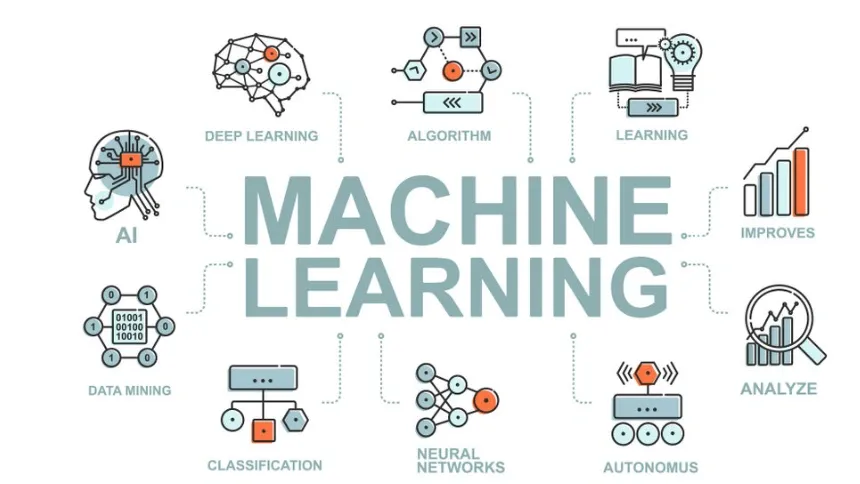
Machine learning is a form of AI. It allows software applications to improve their prediction accuracy without being expressly designed.
Machine learning techniques use historical data as input to forecast new output values.
Our ability to successfully implement artificial intelligence (AI) in the world depicted by robots in the not-too-distant future is critical.
However, turning machines into thinking machines is not as simple as it appears. Machine learning (ML) is required for strong AI to help machines perceive as humans do.
What is the use of machine learning in bot development?
Machine learning relates to a system's capacity to learn from inputs it receives (in this instance, the chatbot).
Natural language processing, or NLP, is one way they accomplish this. NLP refers to any connection between computers and human language.
Suggested Reading: What are the applications of Machine Learning?
What does the future hold for chatbots?
Businesses will automate easy payments and allow consumers to pay directly through live chat or Messenger App apps in the future of chatbots.
The immediate response makes the consumer pleased and increases their contentment.
MasterCard has also built a chatbot, which will be used primarily for consumer payments.
Conclusion
According to estimates, Chatbots will save around $8 billion annually by 2023. Chatbots conduct an online chat conversations using text or text-to-speech.
Chatbot underpinning technologies include Natural language processing (NLP), Artificial intelligence (AI), and Machine Learning.
The technique of teaching machines to read and interpret human conversational inputs is known as natural language processing. AI is no longer a futuristic technology but bot technology is. It is now something else with which we coexist.
It has the breadth of a child's imagination. Numerous characteristics distinguish AI, and people are working to improve these technologies. Artificial intelligence is becoming a way of life.
Machine learning-based natural language processing can be used to create communication channels between humans and machines. We hope you like our blogs for such informational blogs. Reach out to our website BotPenguin.

